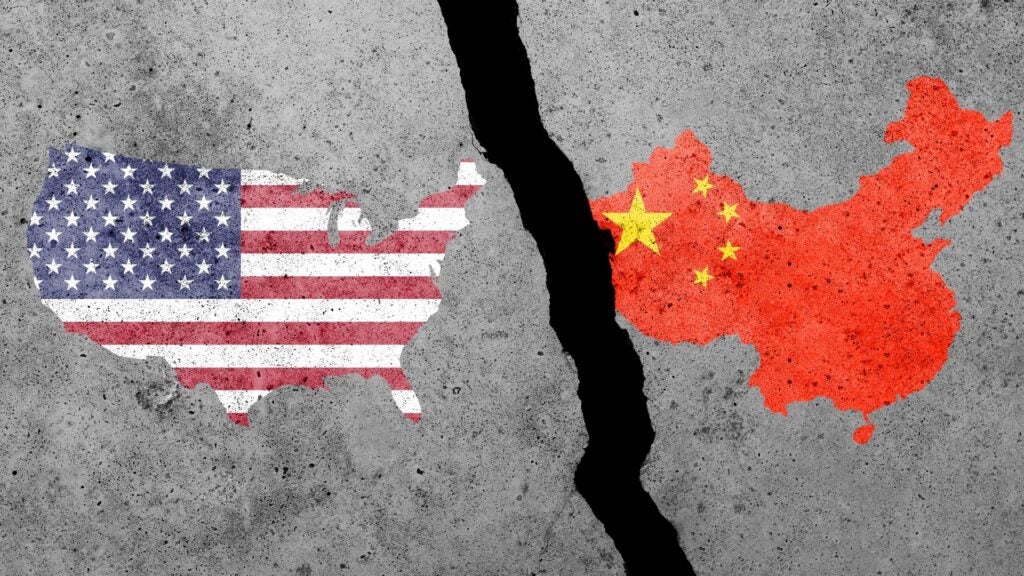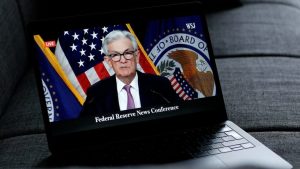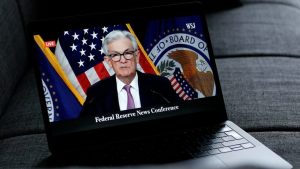
Economist Brad Setser is raising concerns regarding the quiet shift in how China reports its trade surpluses, a change he says is masking billions of dollars in unreported income and capital outflows.
What Happened: On the Keeping It Simple webinar series on Tuesday, Setser, a former staff economist at the U.S. Department of the Treasury, said China’s changes to how it tracks and reports trade data have “reduced its current account surplus by about half relative to what I think it should be.”
According to Setser, China’s manufacturing surplus rose by about 1% of global GDP, or $1 trillion, so with this, half of it being suppressed suggests a gap of $500 billion in hidden trade surplus.
For years, analysts could closely estimate China’s current account using its customs-reported goods surplus and services trade balance. But during the pandemic, this correlation “disappeared,” Setser says, adding that this discrepancy stems from a change in its reporting methodology.
Instead of using transparent customs data, China now calculates its current account using an internal payments dataset that, according to Setser, “is internal, it’s not transparent and it’s not disclosed.”
Setser believes that the motivation behind this change may have been to avoid overseas scrutiny of China’s growing trade surpluses. On the other hand, this “fudge factor,” as he refers to it, may have been a way to conceal the nation’s capital flight.
“One effect of reducing the current account surplus is you reduce estimates of the financial outflow and thereby the hot money that some people might say is embarrassingly leaving Xi’s China,” he says.
Why It Matters: China’s economic model has come under heavy criticism, especially recently, with U.S. Treasury Secretary Scott Bessent accusing the country of creating persistent trade imbalances, which “contribute to global dependence on U.S. demand to Spur growth.”
Other eminent macro experts and economists, too, have urged the Chinese government to reform its economic model, including Nouriel Roubini, who stated last month that it wasn’t just the U.S. that is demanding change, but “the rest of the world expects it too.”
Read More:
Photo courtesy: Shutterstock


